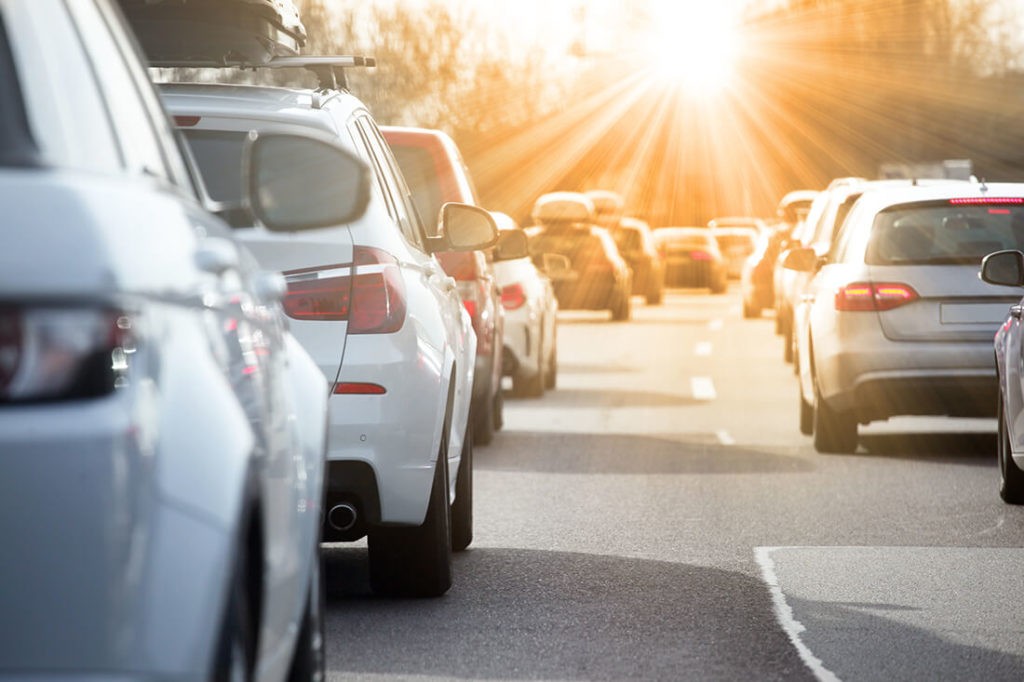The COVID-19 pandemic, beginning in December 2019, brought about unprecedented changes across the globe, fundamentally altering daily life for individuals and businesses alike. Lockdowns and stay-at-home orders became the norm, leading to the temporary or permanent closure of non-essential services and a significant shift in work patterns. The automotive sector, including driving habits, traffic volume, and the auto repair industry, experienced substantial disruptions. While initial restrictions have eased with vaccine availability and business reopenings, the reverberations of the pandemic continue to shape the automotive landscape. Let’s delve into how COVID-19 has impacted the auto repair industry, alongside its effects on driving and traffic patterns.
The Pandemic’s Brake on Auto Sales and Subsequent Rebound
The initial shockwaves of the pandemic sent auto sales into a steep decline. Data from CarSalesBase indicates a 14.53% drop in US vehicle sales in 2020 compared to the previous year. Statista.com data pinpoints April 2020 as the nadir, with sluggish sales persisting throughout the remainder of the year. However, as 2021 progressed, the market began to show signs of recovery. By March, April, and May 2021, monthly sales volumes mirrored 2019 averages. Yet, this resurgence was tempered by inventory shortages and concerns surrounding new COVID-19 variants, leading to softer sales in June and July.
Despite these fluctuations, the automotive market has demonstrated remarkable resilience. A New York Times study highlights that market performance has surpassed pre-pandemic (2019) levels. Car dealerships are experiencing rapid turnover, selling vehicles even before they reach the lot. This surge in demand amidst limited supply is largely attributed to a global shortage of computer chips, a critical component in modern vehicle manufacturing. Government stimulus measures and historically low-interest rates have further fueled consumer buying behavior. The inventory crunch is so acute that dealerships are incentivizing previous customers to sell back their used vehicles to replenish stock. As of July 2021, the used vehicle market witnessed an impressive 45% sales increase, reflecting the unusual market dynamics.
 Traffic congestion with cars during rush hour, illustrating the impact of increased traffic after COVID-19 on auto repair needs.
Traffic congestion with cars during rush hour, illustrating the impact of increased traffic after COVID-19 on auto repair needs.
Driver Behavior, Traffic Dynamics, and Safety Concerns Post-Lockdown
The most immediate and visible impact of lockdowns was the dramatic reduction in traffic. For those who ventured out during April 2020 and subsequent months, the near-empty roads were a stark reminder of the altered reality. The U.S. Department of Transportation Federal Highway Administration reported a staggering 40% decrease in miles driven by US drivers in April 2020. This reduction in traffic naturally correlated with a decrease in driving violations and accidents. Paradoxically, despite fewer cars on the road, the National Safety Council (NSC) reported a disturbing 20% spike in the traffic death rate between January and June 2020 compared to 2019. This alarming trend was attributed to a rise in DUI incidents and extreme speeding violations. Major speeding incidents nearly tripled as a percentage of total violations, and DUI cases surged, particularly in the initial months of the pandemic.
Looking at the entirety of 2020, the National Highway Traffic Safety Administration (NHTSA) estimated a 7.2% increase in auto accident fatalities from 2019, even with a 13.2% decrease in miles driven. This resulted in the highest fatality rate in the US for auto accidents since 2007. The concerning trend continued into 2021. NSC.org data indicates a 21% rise in vehicle accident deaths through May 2021 compared to 2020, and a 19% increase compared to pre-pandemic 2019 levels. Only five states witnessed a decrease in auto-related accidents through May 2021. This data underscores the critical need for heightened driver awareness and caution as traffic patterns normalize and accident rates climb back to, and even exceed, pre-COVID-19 levels.
Resilience and Adaptation in the Auto Collision Repair Sector
The auto collision repair industry, mirroring many other sectors, faced significant headwinds during the pandemic’s onset. Reduced traffic volume translated directly into fewer vehicles requiring repair and servicing. Economic uncertainty also led many to prioritize cash conservation over vehicle repairs. However, with the resurgence of driving activity and the unfortunate increase in auto accidents, the demand for auto repair services has rebounded.
Acumen Research and Consulting forecasts a robust growth trajectory for the auto collision repair industry, projecting an approximate 5.5% annual growth rate from 2021 to 2028. The confluence of increased vehicle demand, coupled with risky driving behaviors, is expected to drive this growth. Nevertheless, auto repair facilities face evolving challenges. One prominent concern is the escalating liability associated with repairs conducted without adherence to Original Equipment Manufacturer (OEM) specifications and training. The rapid advancement of vehicle safety technology necessitates that auto body shops remain continuously updated, trained, and proficient in these evolving technologies.
Leading auto repair facilities, like Colorado Coach Auto Body, are proactively addressing these challenges by investing in ongoing technician training on OEM standards for major auto manufacturers. Certifications from brands like Audi, BMW, Tesla, Subaru, and Volkswagen demonstrate a commitment to expertise and quality. As society continues to navigate the post-pandemic landscape, the auto repair industry plays a vital role in ensuring driver safety and vehicle integrity on the road.
